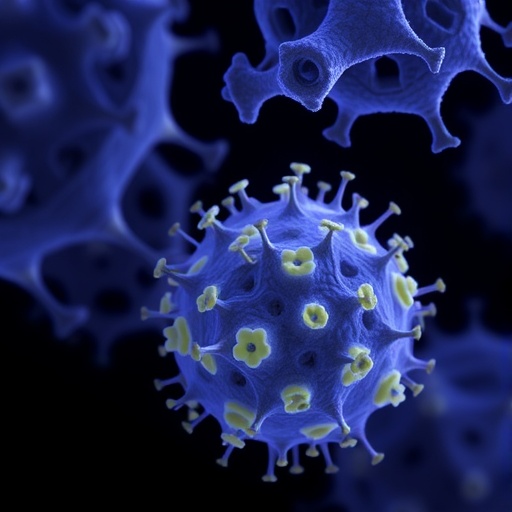After much deliberation and anxiety, the family finally sought psychiatric help for their son. And the results were in a way, a relief. The doctors' verdict was that their child, their teenage son, was suffering from bipolar disorder. His wild mood swings between hyper-enthusiastic activity and deep depression were treatable.
Once therapy started, however, it became apparent that standard drugs – effective in most cases – were not working here. And so, doctors turned to a less preferred drug called Clozapine. Though effective in controlling the manic-depressive cycles, one of the many side effects of the drug were very apparent – sedation – extreme sleepiness and fatigue. This side effect can severely hamper a recovering patient's integration back into normal society. As of now, the mechanisms by which such side effects occur are poorly understood, and options for treating them are limited.
But, a recent study, on the drug Clozapine from the National Centre for Biological Sciences (NCBS), Bangalore holds out new hope for such cases. The work by Radhika Joshi from Mitradas Panicker's group at NCBS has proven that the molecule 5-HT2A in the brain is partially responsible for the sedative effects of Clozapine. Furthermore, the team has also discovered that the drug-induced sedation can be affected by environmental factors.
The drug Clozapine helps manage symptoms of depression and anxiety by binding to receptor molecules in the brain that respond to neurotransmitters – chemicals used by nerve cells to communicate with each other. Clozapine mainly targets receptors for the neurotransmitters serotonin and dopamine. Amongst these, 5-HT2A is a serotonin receptor that was identified as one that could be partially responsible for the sedative effects of Clozapine.
Radhika in collaboration with Dr. Rupasri Ain and co-workers generated and characterized a genetically modified mice to test if the 5-HT2A receptor was involved in the sedative side effects of Clozapine. When given Clozapine, mutant mice lacking the 5-HT2A receptor were found to be more active and less sensitive to sedation than normal mice. But while conducting these studies, the researchers also noticed that the environment played a role in modulating these effects.
"While most work on drugs focuses on improving their therapeutic effects, side effects are often ignored – and sometimes side effects can be severe enough to result in non-compliance and require secondary medication," says Radhika Joshi, a doctoral student in Panicker's laboratory. "Our observations indicated that the environment can modulate the side effect of an antipsychotic. This has not been reported before, and so we investigated." she adds.
When either normal mice or mice without the 5-HT2A receptor were given Clozapine in their "home" environments – in cages where the mice are normally housed – the animals were less active and more sensitive to sedation. However, when the drug was given in a "novel" cage or if a new object such as a toy was put in their home cages, the mice were less somnolent, particularly the 5-HT2A knockout mice. Having something different in their surroundings served to decrease the drowsy effects of Clozapine and this effect was more pronounced in the mice lacking the 5-HT2A receptor. Further investigations also revealed that Clozapine sedation could be reduced if the mice were given caffeine before the drug.
"We believe that a novel environment is often stimulating to organisms and this stimulation helps overcome the sedation induced by an antipsychotic, as does caffeine," says Joshi. At the same time, she advises caution in interpreting the results of this study. "Our experiments were conducted on mice and a direct extrapolation to human contexts must be done with utmost caution," she says.
Despite her warning, Joshi is hopeful that their results on environmental context and caffeine can potentially help doctors develop real life strategies for managing the side effects of antipsychotics without secondary medication. "Our results are one of the first few steps towards designing of drugs that are safer and with lesser side effects though a lot more work is needed before we can expect better drugs, we are getting there" she adds.
###
Media Contact
Mitradas Panicker
[email protected]
http://www.ncbs.res.in
############
Story Source: Materials provided by Scienmag




